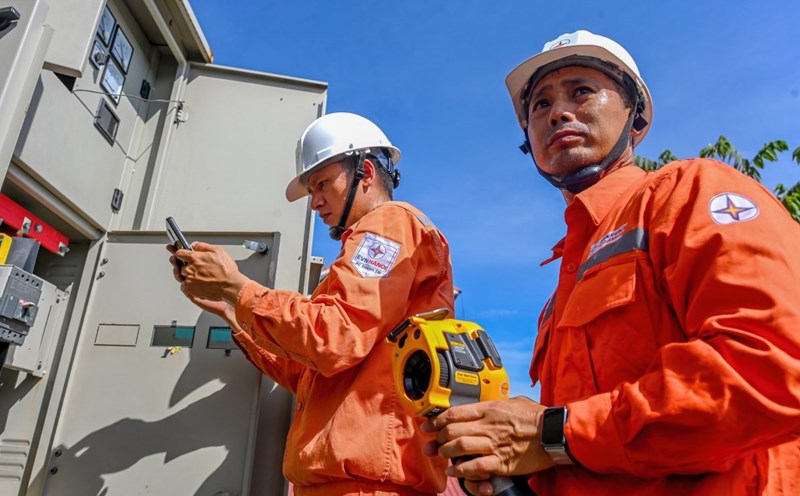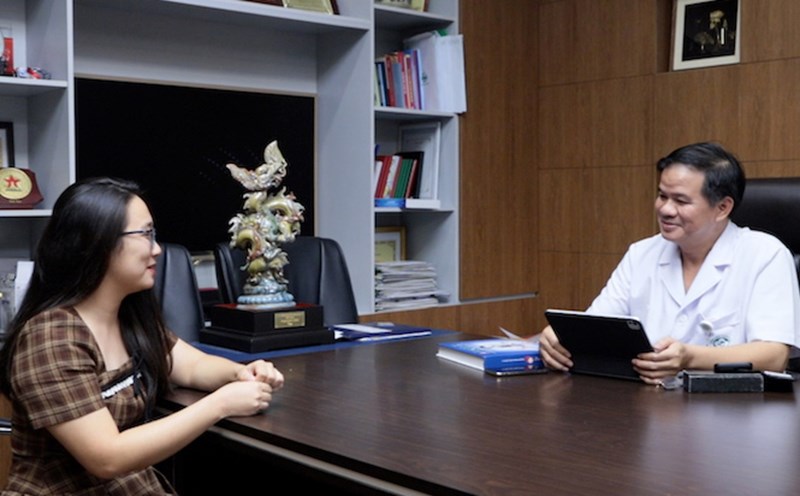The two bombs were discovered on the afternoon of September 15, 300 m upstream from the P10 pillar of Long Bien Bridge in Bo De Ward. The Capital Command received the report and directed the Engineering Department to verify.
According to the authorities, the two bombs discovered were M-118, weighing more than 1,300 kg, 220 cm long and 65 cm in diameter, containing more than 800 kg of TNT. When discovered, the two bombs were still detonating and were assessed as highly dangerous.
"This is the largest bomb discovered to have not yet exploded near the Long Bien bridge area thrown by the US during the war of sabotage in the North," said Colonel Nguyen Chien Thang, Head of the Engineering Department of the Capital Command.
According to the plan, the two bombs will be relocated and detonated at the Cam Son Fireworks display (Bac Ninh). Over the past 15 years, the Capital Command has collected and processed more than 1,700 bombs of all kinds. Of which, 103 were improvised bombs with ranges from 250 to 3,000 LBS; more than 940 ballistic bombs and 660 shells of artillery, mortars, and explosives.
Colonel Thang said that the remaining bombs and ammunition after the war had their explosive structures activated. However, for many reasons, it could be due to the structure causing the detonation of failure, not enough rotation or impact force, so it has not exploded, but it is "extremely dangerous" and can explode at any time.
He advised people to stay away when discovering an object suspected to be a bomb or mine, not to come into contact, but immediately report to the authorities and local authorities for handling, ensuring safety of life and property.











